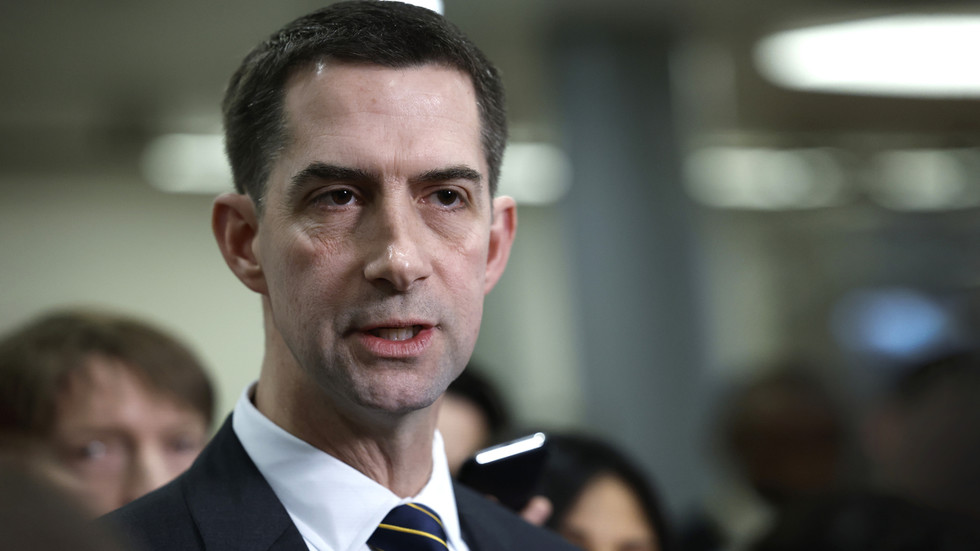As of Jan 1, a typical household will pay £1,738 a year for their energy bills, when the next “price cap” rise is due to kick in.
This is an increase of 1pc, or £21 over a year from the current £1,717 price cap. This will be in place until March 31, and means energy prices will stay high for the duration of the winter months.
Experts had initially predicted that the cap could fall slightly in January. But analysts Cornwall Insight have now said that prices are unlikely to fall significantly in the near future.
They said when the new price cap was announced that: “Despite prices stabilising in comparison to the past two years, the market remains very sensitive to global events. This is leaving prices substantially above historic averages.”
Ofgem’s cap earlier this year saw energy bills fall to the lowest they had been for two years – but the removal of government support means households are still paying far more for their energy than they were before the Russia-Ukraine war.
Some 10m pensioners will also no longer receive the annual winter fuel allowance after Chancellor Rachel Reeves announced the £200 payment (£300 for over-80s) would only be paid to those in receipt of pension credit. This means that despite bills falling year-on-year for most households, pensioners will be the only group to see bills go up since last winter.
Here, The Telegraph covers what the energy price cap is, whether it’s time to consider a fixed-term deal, and what you can do now to protect yourself from an energy price rise this winter.
- What are fixed energy tariffs?
- Is fixing energy worth it?
- Is now a good time to fix?
- What is the energy price cap?
What are fixed energy tariffs?
Fixed energy tariffs are deals offered by energy providers that last for a certain amount of time – usually around 12 months.
During this time, you’ll pay a set amount for your gas and electricity – your bills will vary depending on your usage; it’s your rate that stays the same.
If you don’t sign up for a fixed tariff, the rate is liable to fluctuate in accordance with the energy price cap.
Is fixing energy worth it?
Before the energy crisis, households were used to shopping around for competitive fixed-price deals.
However, the energy crisis upended the market, leaving variable rates governed by the price cap as the only viable option. Fixed rates became so expensive that providers stopped offering them altogether.
As wholesale prices have cooled, a number of fixed-rate deals have come on the market after years of being unavailable.
Fixes can come with extra costs
Fixing can be worth it when wholesale energy prices are set to increase; those on fixed tariffs will escape the resulting price rises. However, by committing to a fixed deal, you also run the risk of paying over the odds if energy prices fall during your contract term.
Gareth Kloet, of comparison site GoCompare, said the change in price cap is a good opportunity for households to assess whether they were paying a competitive rate for their power use.
He said: “If you are thinking about switching your energy deal, consider whether you will have to pay any early exit fees if you leave before your current deal is up. Looking at all of your options on a comparison site is an effective way to see which options are available to you at the moment.”
Energy providers have ramped up exit fees in recent years, meaning that a household looking to ditch an unfavourable rate will likely pay £150-£75 per fuel.
Several providers have introduced fixed rates that are significantly cheaper than the current cap, but such fixes may end up costing consumers more in the long run.
Emily Seymour, energy editor of consumer publication Which?, warned that there is no one-size-fits-all approach to fixing your energy deal.
She said: “People could try shopping around for energy deals – look out for any that might be cheaper than the October price cap when it comes into effect.
“As a rule of thumb, we’d recommend looking for deals cheaper than the price cap, not longer than 12 months and without significant exit fees.
“We would also advise that customers check the T&Cs of any deals carefully to make sure they’re happy, for example if they have to have a smart meter or sign up for paper billing. As winter approaches, this is the ideal time to review how you could take action to cut your bills.”
Payment security can be valuable
Defenders of fixed-rate deals argue they offer long-term security, as unlike variable tariffs they cannot change throughout the duration of the deal. This could shield households from shocks in the wholesale market.
Dr Craig Lowrey, of Cornwall Insight, said: “This is not the news households want to hear when moving into the colder months. I’m sure many hoped we were on a steady path back to pre-crisis prices. However, the lingering impact of the energy crisis has left us with a market that’s still highly volatile and quick to react to any bad news on the supply front.
“Despite this, while we don’t expect a return to the extreme prices of recent years, it’s unlikely that bills will return to what was once considered normal. Without significant intervention, this may well be the new normal.”
Is now a good time to fix energy prices?
The main thing to understand when considering a fixed tariff is how the energy price cap is likely to change over the next 12 months/ the duration of the deal.
It changes every three months, generally getting cheaper in the summer and more expensive over winter. You’ll need to weigh up whether you’ll stand to save money over the duration of the term.
The price cap from October 2024 to December 2024 is up 10pc to £1,717 a year, an additional £149. Analysts Cornwall Insight had originally suggested the price cap would fall by 1pc in January to £1,697.
But it is instead rising to £1,738, an increase of £21.
Of course, as we’ve seen in the past, unexpected global events can have a dramatic knock-on effect on prices.
What’s the difference between fixed and variable energy?
A fixed tariff means your rate will stay the same for the duration of the contract you’ve signed up to; a standard variable tariff means the rate you pay will go up and down according to the price of energy.
Therefore, if you’re on a fixed tariff, changes to the energy price cap won’t affect you – your rate will stay the same until your contract ends. However, for those on variable rate tariffs, bills are likely to get more expensive if a higher price cap comes into force.
What fixed energy deals are there?
Providers launch new deals regularly, so it’s worth checking in with comparison websites to see what the best value deal is for you.
Which? says there are 26 tariffs available now that are cheaper than the standard variable rate, of which 22 would save households more than £50 a year.
The cheapest of these is Outfox the Market’s dual fuel deal, which costs the average home £1,555 a year and is only available through comparison site Uswitch.
That aside, the cheapest deal offered by a mainstream provider is OVO’s one-year fix, which is £150 a year cheaper than the October cap. However, customers have to buy a year’s boiler cover, which costs £135.
The table below shows the 10 cheapest fixed energy tariffs:
Other types of deals you might want to consider include:
One-year fixes
These are the most common deals. Comparison site uSwitch lists several deals cheaper than current rates.
Longer-term fixes
Several providers offer two-year fixed tariffs, which might suit those who want the peace of mind of knowing their bills won’t be affected by price cap fluctuations.
Price cap trackers
These deals will see rates change according to wholesale costs, so you’ll be in luck whenever costs fall but could quickly end up with pricier bills when they rise.
Time of use tariffs
These can be good for anyone with an EV charger at home, as they allow you to charge up during cheaper off-peak rates. However, they can be more expensive at “peak” times – such as winter evenings – when there is most pressure on the Grid.
What is the energy price cap?
The price cap limits what energy providers can charge customers on a “standard variable tariff”. It does not apply to fixed-rate deals. Most households are currently on variable deals as providers were unable to offer competitive fixes throughout the energy crisis.
The cap is not a limit on the amount households will pay each year. The rate is based on usage – so use more, and you’ll pay more.
The cap is determined by wholesale costs and is revised every three months. The price cap rose from a low of £1,042 in February 2020 to £1,971 in April 2022. As Russia’s war in Ukraine intensified, driving up wholesale prices, the cap continued to rise – eventually reaching a peak of £4,279 in January 2023.
This prompted the Government to intervene in September 2022 by introducing the Energy Price Guarantee, a similar cap on energy bills that limited the average household bill to £2,500 a year regardless of the turmoil in the wholesale market.
From July 2023, when the Ofgem-set price cap finally fell below the government-backed EPG, households on variable deals automatically reverted to the former.
It is important to understand the price cap does not limit the amount you will pay over the year. The amount of energy a typical household uses in one year is known as the typical domestic consumption value (TDCV) – and the headline figure of £1,738 is simply how much the TDCV costs under current market rates.
The cap simply fixes the rates at which you are charged for your gas and electricity usage, as well as the standing charges for both.
Standing charges are billed to households at a daily rate regardless of how much energy they use – and these have shifted by less than a penny per day each so that households pay roughly £6.49 a week, or £338 a year for a house using electricity and gas.

 By The Telegraph (World News) | Created at 2024-11-22 09:10:10 | Updated at 2024-11-22 15:04:58
6 hours ago
By The Telegraph (World News) | Created at 2024-11-22 09:10:10 | Updated at 2024-11-22 15:04:58
6 hours ago








